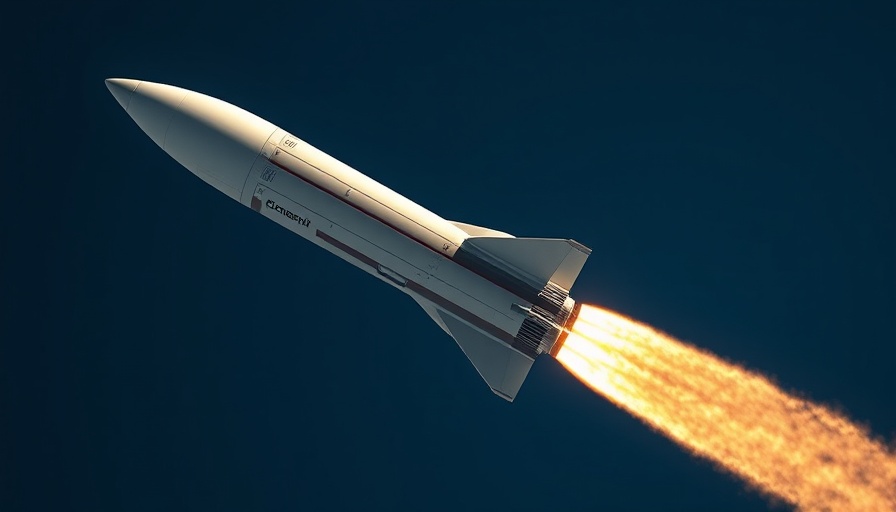
The Latest Test for SpaceX's Starship: Another Failure, But Not All is Lost
SpaceX’s recent eighth test flight of its Starship megarocket bore striking similarities to its predecessor, as the mission concluded with the loss of the upper stage of the rocket. Launched from the company’s Starbase in South Texas on March 6, 2025, the ambitious mission aimed to deploy payloads and test critical capabilities for future space endeavors. While the Super Heavy booster returned successfully to the launch pad, the Starship upper stage encountered a cascade of technical issues, leaving SpaceX teams with much to analyze.
Super Heavy Booster: A Fiery Success Story
This latest flight once again demonstrated SpaceX’s impressive recovery technologies. The Super Heavy booster, towering at 232 feet, utilized the company’s “chopstick” arms mounted on the launch tower to stabilize its descent and make a dramatic catch directly after liftoff. This marked the third successful recovery attempt of the booster, showcasing advancements in reusable rocket technology that could radically transform future launch economics. As seen from previous tests, each recovery success is drawing closer to achieving rapid reusability, a key aspect of SpaceX’s ultimate vision for sustainable space travel.
Starship's Turbulent Flight Path: Key Challenges Persist
Tragically, the upper stage did not fare as well. Just minutes into its ascent, the ship lost contact, spiraling mid-air due to several of its six Raptor engines failing during the burn. This loss was eerily reminiscent of Starship Flight 7, leading many to ponder whether the same engineering difficulties are plaguing SpaceX's ambitious endeavors. The company's Dan Huot acknowledged that continuous evaluation and adjustment will be essential to balance the complexity of operating such a sophisticated spacecraft.
Lessons Amidst Challenges: A Path Forward for SpaceX
Despite the setbacks, both experts and observers point out that failures in these tests are not entirely futile. SpaceX responded to previous mishaps with thorough data evaluations to enhance safety measures and propulsion systems. The intentional design changes made following the failed Flight 7 will surely serve as a foundation for further enhancements to the Starship series. This cycle of learning and adapting is crucial in developing next-generation space travel technology.
The Implications of SpaceX's Rapid Iteration
Elon Musk's vision hinges not only on successful orbital launches but also on creating a more cost-effective and iterative approach to space exploration. By integrating immediate learning from each test—successful or not—SpaceX hopes to build a resilient framework that can support long-term ambitions such as Mars colonization. Missteps have generated a substantial knowledge base that drives innovation, reminds experts that in the realm of space engineering, the line between failure and success is often blurred.
Safety Adherence and Regulatory Scrutiny: A Balancing Act
With each test, the Federal Aviation Administration (FAA) closely monitors SpaceX’s progress, emphasizing the importance of ensuring public safety during these high-risk operations. The complete failure of the upper stage prompted an immediate contingency response plan, emphasizing proactive measures in the wake of adverse outcomes. The FAA's oversight remains critical in ensuring strategies are in place to minimize debris risk and coordinate with local authorities efficiently.
Conclusion: Innovation Through Test and Error
The ephemeral nature of failure is a persistent theme in SpaceX's history, and it is through these trials that the company continues to make headway in the field of space exploration. Each flight test, including the recent Flight 8, succeeds in gathering valuable insights—vital learnings that propel the technological boundaries of space missions onwards. As SpaceX forges ahead, it seems their motto holds true: through learning, innovation is born.
 Add Row
Add Row  Add
Add 




Write A Comment